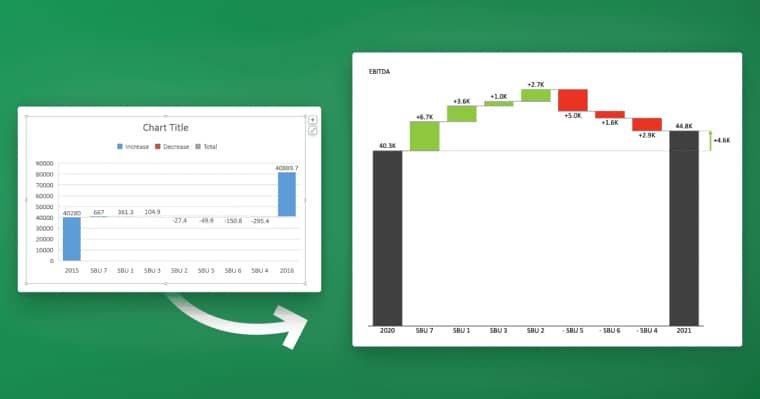In Microsoft Excel, the AVERAGE formula is a powerful tool that allows users to calculate the average value of a given set of numbers. It helps to find the central tendency of a dataset, making it an essential function for data analysis and reporting. Understanding how to use the AVERAGE function in Excel is crucial for anyone working with numerical data.
Table of Contents
Understanding the AVERAGE function in Excel
The AVERAGE function in Excel is straightforward to comprehend. It takes a range of cells as its argument and returns the arithmetic mean of the values within that range. The mean is computed by summing up all the numbers in the range and then dividing the total by the count of those numbers. Essentially, the AVERAGE formula helps us quickly find the typical value or average of a dataset without the need for manual calculations.
Using the AVERAGE function in Excel is not limited to just numerical values. It can also be used with logical values, such as TRUE and FALSE, where TRUE is considered as 1 and FALSE as 0. This allows for easy calculation of averages based on logical conditions within a dataset.
Furthermore, the AVERAGE function can handle empty cells within the range. These empty cells are ignored during the calculation, ensuring that they do not affect the overall average. This is particularly useful when working with datasets that may have missing or incomplete data.
How to use the AVERAGE formula in Excel
To use the AVERAGE formula in Excel, simply follow these steps:
1. Select a cell where you want the result to appear.
2. Type the formula =AVERAGE(
3. Highlight the range of cells that contain the numbers you want to average.
4. Close the formula with a closing parenthesis “)”.
5. Press Enter to calculate the average and display the result.
For example, if you have a range of cells A1 to A10 containing values, the formula would look like this:
=AVERAGE(A1:A10)
6. The AVERAGE formula in Excel can also handle non-contiguous ranges. To include multiple ranges in the formula, separate them with a comma. For example, if you want to average the values in cells A1 to A10 and C1 to C10, the formula would look like this:
=AVERAGE(A1:A10, C1:C10)
7. You can also use the AVERAGE formula to ignore any empty cells or cells that contain text. To do this, add the IF function within the AVERAGE formula. For example, if you want to average only the numeric values in cells A1 to A10, the formula would look like this:
=AVERAGE(IF(ISNUMBER(A1:A10), A1:A10, “”))
Remember, in versions of Excel prior to Excel 365, you need to enter this formula with Ctrl+Shift+Enter, not just Enter.
Exploring the syntax of the AVERAGE function
The AVERAGE function in Excel follows a specific syntax. It starts with the function name, AVERAGE, followed by an opening parenthesis. Within the parenthesis, you specify the range of cells that you want to include in the calculation. The range is denoted by the starting cell and ending cell, separated by a colon (:).
It’s important to note that the AVERAGE function only considers numeric values in the specified range. Any non-numeric values, such as text, will cause the AVERAGE function to return an error. However, empty cells will be ignored. This behavior ensures that the AVERAGE formula provides accurate results when calculating the average of a range of numbers.
Additionally, the AVERAGE function can also handle multiple ranges of cells. To include multiple ranges in the calculation, you simply separate each range with a comma. This allows you to calculate the average of multiple sets of numbers within a single formula.
Examples of using the AVERAGE formula in Excel
Let’s explore a few examples to demonstrate the versatility of the AVERAGE formula:
Example 1: Calculate the average of three numbers: 10, 20, and 30. The formula would be:
=AVERAGE(10, 20, 30)
The result would be 20, as the average of the three numbers is 20.
Example 2: Calculate the average of a range of cells A1 to A5. The formula would be:
=AVERAGE(A1:A5)
If the values in A1 to A5 are 5, 10, 15, 20, and 25, the result would be 15, as the average of the five numbers is 15.
Example 3: Calculate the average of a column of numbers. Let’s say we have a column of numbers in cells B1 to B10. The formula would be:
=AVERAGE(B1:B10)
If the values in B1 to B10 are 2, 4, 6, 8, 10, 12, 14, 16, 18, and 20, the result would be 11, as the average of the ten numbers is 11.
Example 4: Calculate the average of a row of numbers. Suppose we have a row of numbers in cells C1 to G1. The formula would be:
=AVERAGE(C1:G1)
If the values in C1 to G1 are 5, 10, 15, 20, and 25, the result would be 15, as the average of the five numbers is 15.














